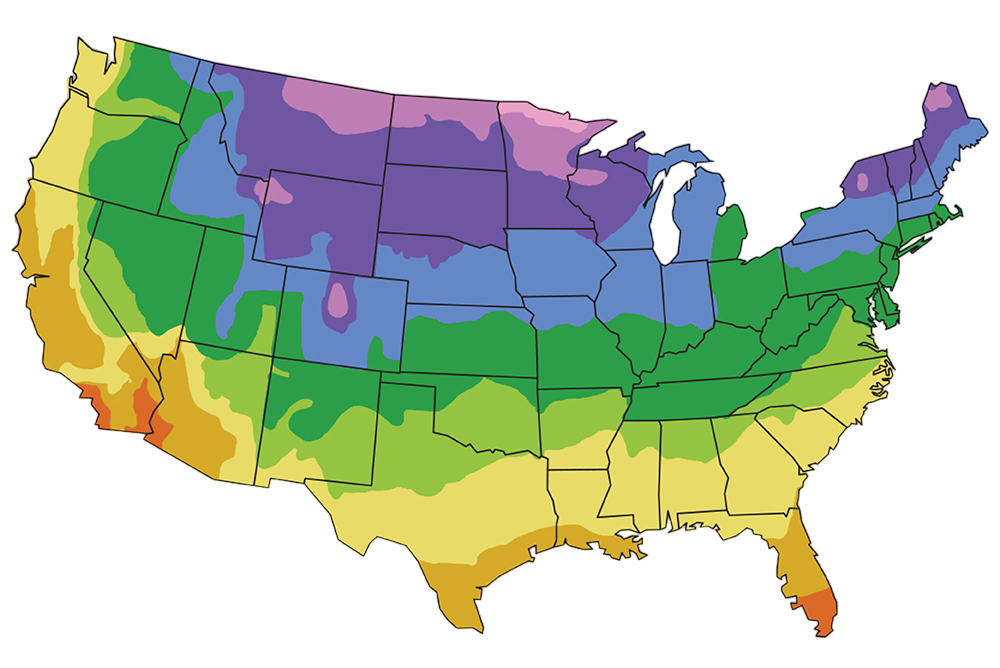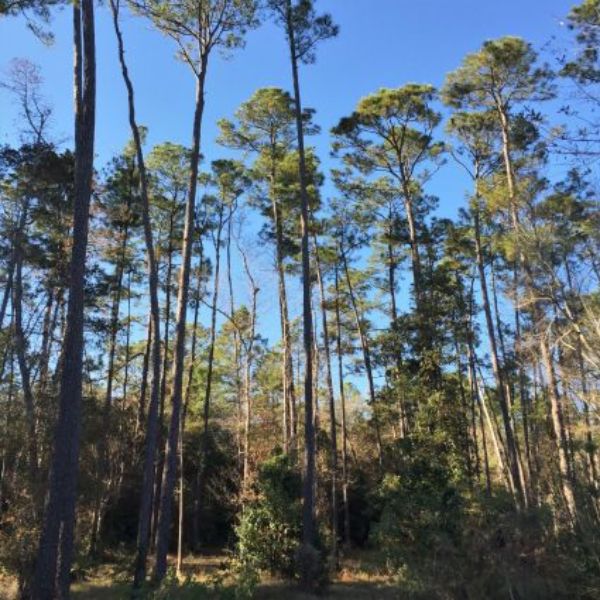
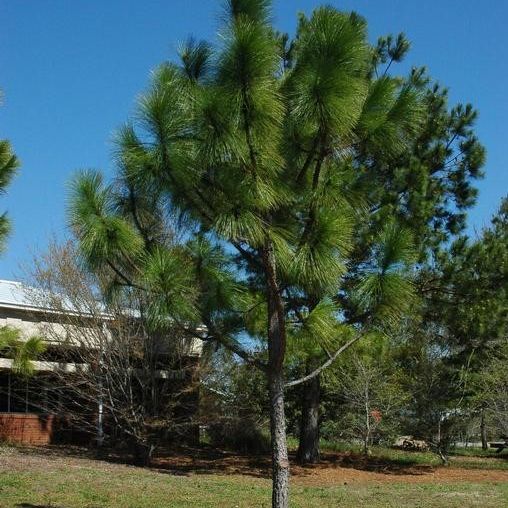



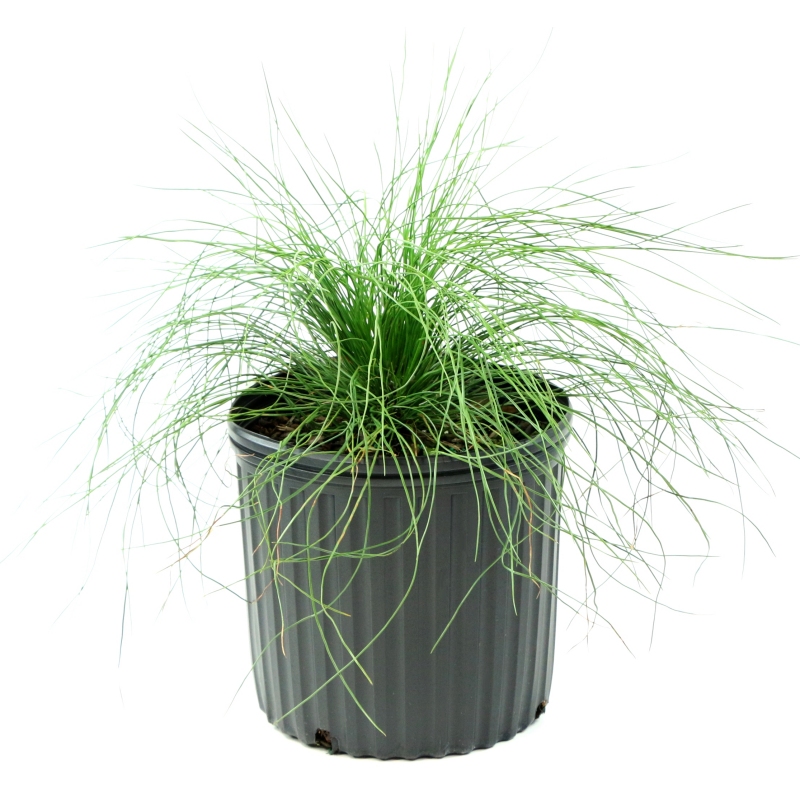
Longleaf Pine
Pinus palustris
79 reviews
Longleaf Pine
Pinus palustris
79 reviews
- 2.5 Gallon 2-3 Feet
- 2.5 Gallon 3-4 Feet
- 2.5 Gallon 4-5 Feet
We are sorry, product is currently out of stock due to seasonal availability. Please check the "Related plants available in your area" section below
Not just beautiful - intentionally selected by ShrubHub's 3D landscape design team to fit real-world spaces and maximize yard potential.
Why Longleaf Pine?
Longleaf Pine (Pinus palustris) is a characteristic tree species of the southeastern United States. These trees can grow to be quite large, often reaching over 100 feet in height. They play an important ecological role by providing habitat for a wide variety of wildlife species and helping to maintain healthy ecosystems. Longleaf pine forests are also valuable for their timber, which is used in a variety of commercial applications.
Sunlight
Longleaf Pine requires full sunlight for optimal growth and development.
Watering
Longleaf Pine requires moderate watering and can tolerate drought conditions once established. It prefers well-drained soils and is adapted to the natural rainfall patterns in its native range, typically receiving around 40-70 inches of annual precipitatio
Fertilizing
The fertilizer requirement for Longleaf Pine trees is low, as they are adapted to nutrient-poor soils. Generally, no fertilizer is needed unless the soil is severely deficient, in which case a slow-release fertilizer with a low nitrogen content may be appl
Originally from the southeastern United States, the Longleaf Pine is a stately evergreen tree with a very long lifespan. The massive stature, stunning foliage, and high-quality wood of this tree have made it a cultural symbol.
While the Longleaf Pine is a relatively low-maintenance tree, it does require occasional pruning to maintain its shape and remove dead or damaged branches. It is generally resistant to pests and diseases, and it can tolerate a wide range of growing conditions.
Longleaf Pine is adaptable to a wide range of growing conditions, including full sun and well-drained soil. They prefer sandy soils and are tolerant of drought conditions once established.
This tree is a large and impressive specimen that can reach heights of up to 100 feet tall and 30-40 feet wide. It has a straight trunk with a conical shape that makes it a great choice for providing shade and a stunning focal point in larger landscapes.
Longleaf Pine has attractive, dark green foliage that persists year-round. The foliage is arranged in a unique, needle-like pattern along its branches, giving the tree a full and lush appearance.
Longleaf Pine is notable for its massive stature and gorgeous leaves, but it also yields enormous, valuable pine cones. Pine straws and other items are made from the cones, and they are also eaten by wildlife.
The Longleaf Pine, in general, is an impressive specimen tree that will last for many years and add visual impact to any garden. Its enormous stature, gorgeous leaves, and costly pine cones make it a worthwhile investment for both shade and visual impact in larger landscapes.
Plant Information:
| Botanical Name: | Pinus palustris |
| USDA Zones: | 7 - 9 |
| Water: | Moderate |
| Exposure: | Full Sun |
| Soil Needs: | Well Drained |
| Mature Height: | 80 - 100 feet |
| Mature Spread: | 30 - 40 feet |
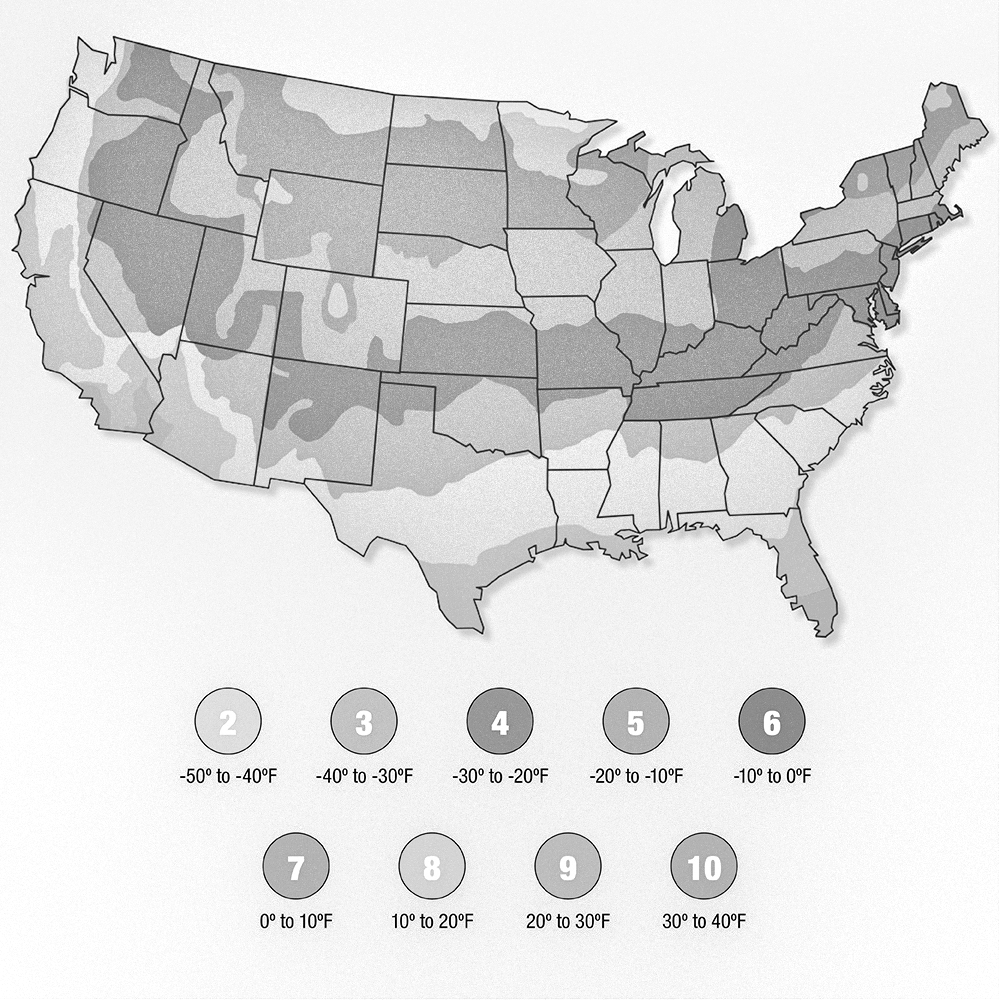

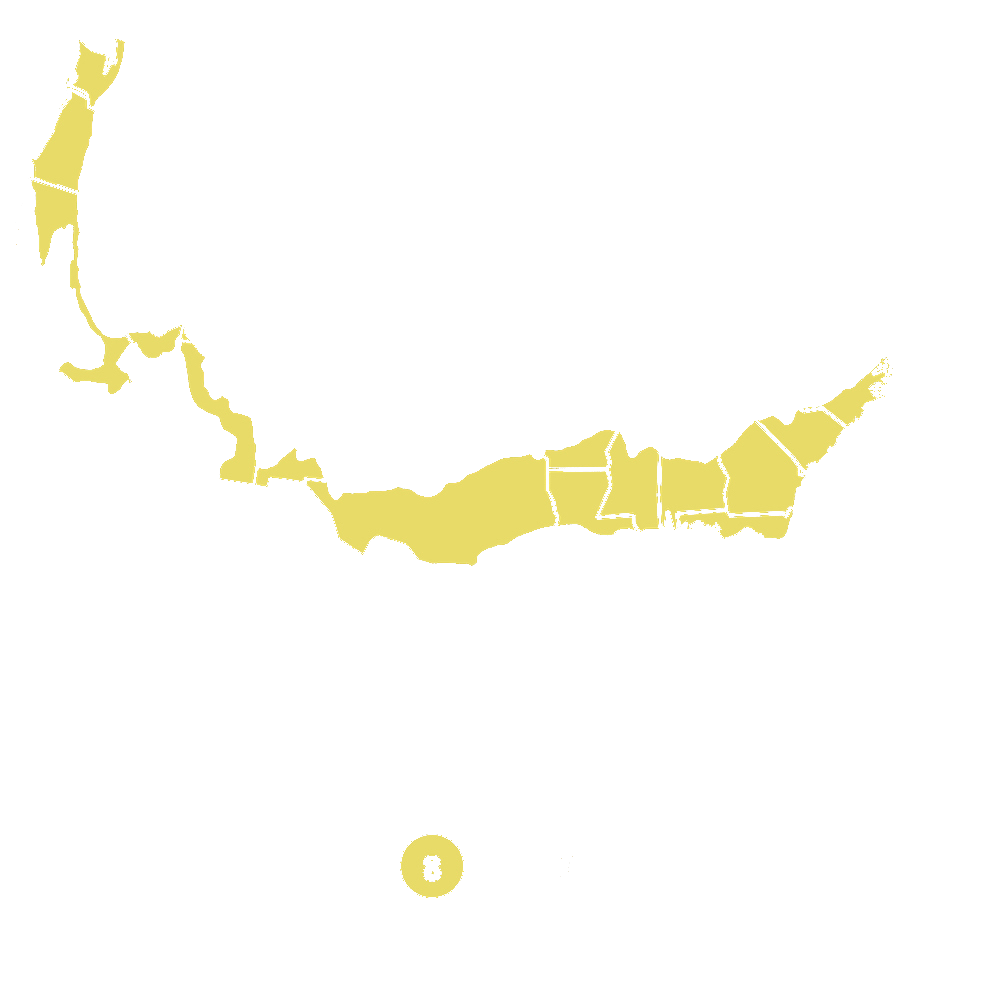
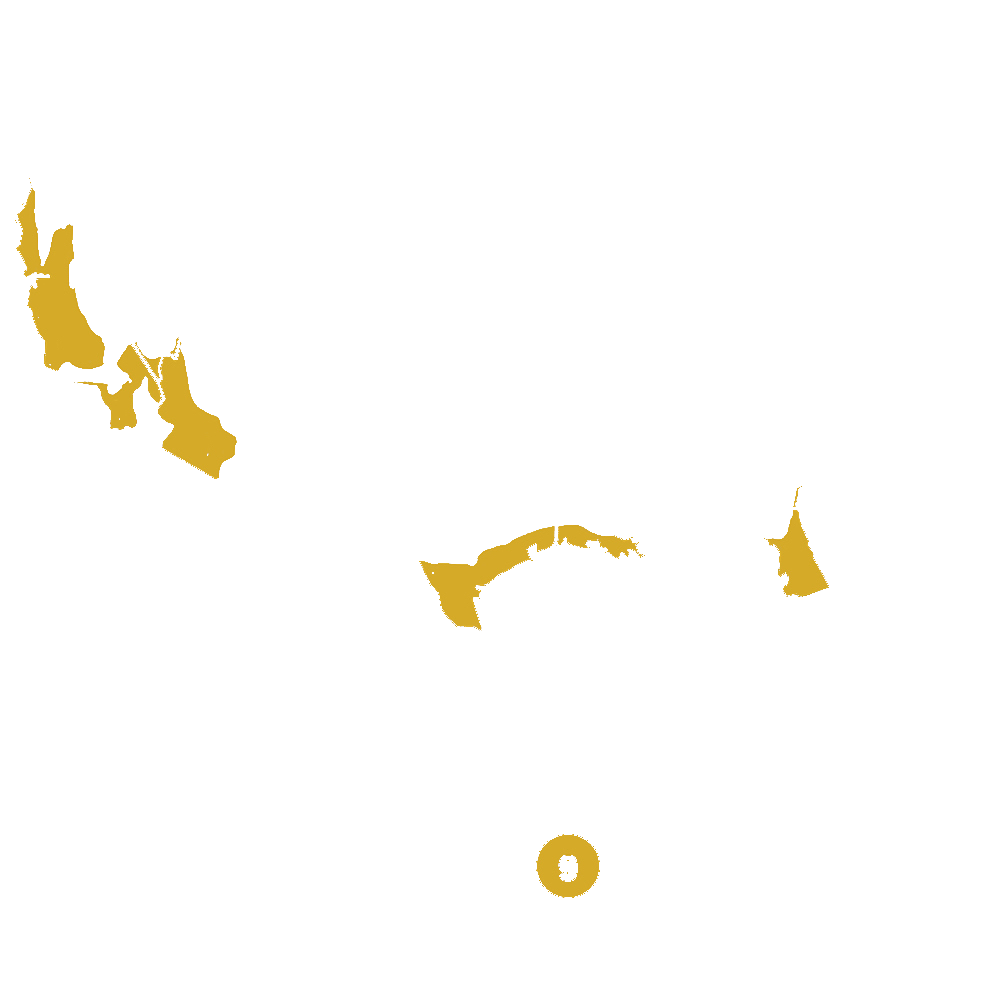
Pollination Info
Pollination Information for Longleaf Pine (Pinus palustris)
Longleaf Pine is a wind-pollinated species. The male and female cones are produced on separate branches of the same tree and are typically present during the spring.
The male cones, known as pollen cones, are small and spherical, and are located at the base of the new growth shoots. Each pollen cone contains numerous pollen sacs, which release pollen when mature.
The female cones, known as seed cones, are larger and typically grow at the ends of the branches. Each seed cone contains ovules, which are fertilized by the wind-blown pollen grains. The fertilized cone scales then develop into mature cones, which can take up to two years to fully mature.
Longleaf Pine is considered an important tree species for timber production, wildlife habitat, and ecosystem services. It is also an important species for pollinators, including bees, wasps, butterflies, and moths.
Overall, pollination is essential for the reproductive success and survival of Longleaf Pine, as it transforms the tree from a non-productive entity to a fully functioning reproductive organism, capable of producing viable seeds and sustaining its populations.
FAQ
Longleaf Pine (Pinus palustris) FAQ
What is Longleaf Pine?
Longleaf Pine (Pinus palustris) is a type of pine tree native to the Southeastern United States.
What are the characteristics of Longleaf Pine?
Longleaf Pine is a tall, straight tree that can grow up to 100 feet tall. Its needles are long (8-18 inches), and it has long, brown cones (6-10 inches) that stay on the tree for several years.
Where does Longleaf Pine grow?
Longleaf Pine is found in the Southeastern United States, from Virginia to Florida and west to Texas.
What is Longleaf Pine used for?
Longleaf Pine is used for a variety of purposes, including lumber, pulpwood, fuelwood, and as a source of turpentine. It is also an important species for wildlife habitat.
Is Longleaf Pine endangered?
Yes, Longleaf Pine is considered a threatened species due to over-harvesting and habitat loss. However, efforts are being made to preserve and restore Longleaf Pine ecosystems.
How can I help conserve Longleaf Pine?
You can help conserve Longleaf Pine by supporting organizations that work to protect and restore Longleaf Pine ecosystems, planting Longleaf Pine in your own yard (if you live in the appropriate region), and reducing your carbon footprint to mitigate climate change, which is a major threat to the species.
Planting & Care
Planting Longleaf Pine:
- Choose a sunny location with well-drained soil.
- Dig a hole two to three times the diameter of the root ball, and just as deep.
- Place the tree in the hole, making sure the top of the root ball is level with the ground.
- Backfill the hole with soil, gently packing it down with your hands to remove air pockets.
- Water the tree thoroughly.
- Apply a layer of mulch around the base of the tree to retain moisture and deter weeds.
Caring for Longleaf Pine:
- Water the tree deeply once a week, especially during hot, dry weather.
- Fertilize in the spring with a slow-release, granular fertilizer specifically formulated for evergreens.
- Prune dead or damaged branches as needed, but avoid excessive pruning.
- Monitor for pests and diseases, and treat promptly if necessary.
- Control weeds around the tree by regularly pulling them or using a weed barrier.
- Avoid planting other trees or shrubs too close to the longleaf pine, as their roots can compete for water and nutrients.
Check Out These Verified Customer Reviews:
Customer Reviews
4.7 out of 5 based on 79 reviews
Thank you! Your review has been submitted.
The Longleaf Pine I ordered arrived promptly and was well-packaged. The website was easy to navigate and the customer service was very helpful when I had questions. Overall, a great experience.
Impressed with the high quality of the Longleaf Pine. Highly recommend.
Perfect condition, fast shipment
Item has been added to your cart.

